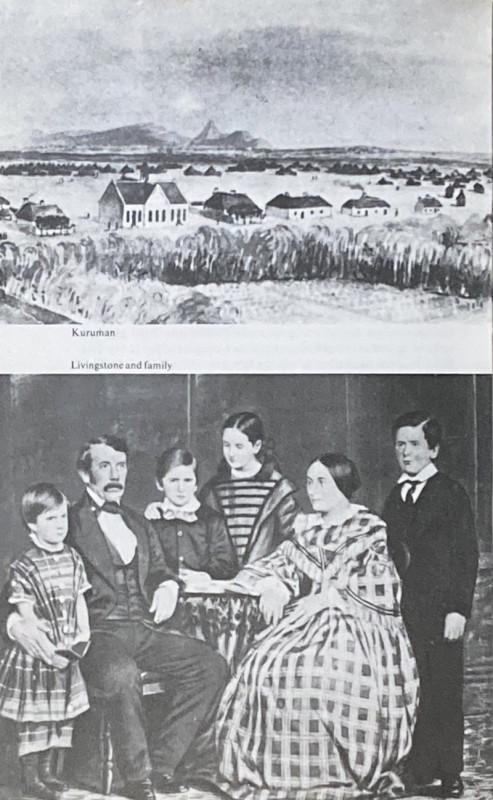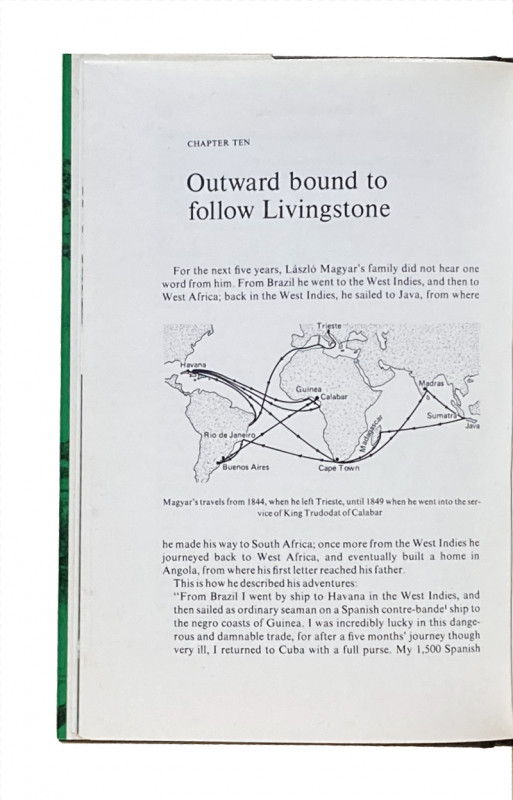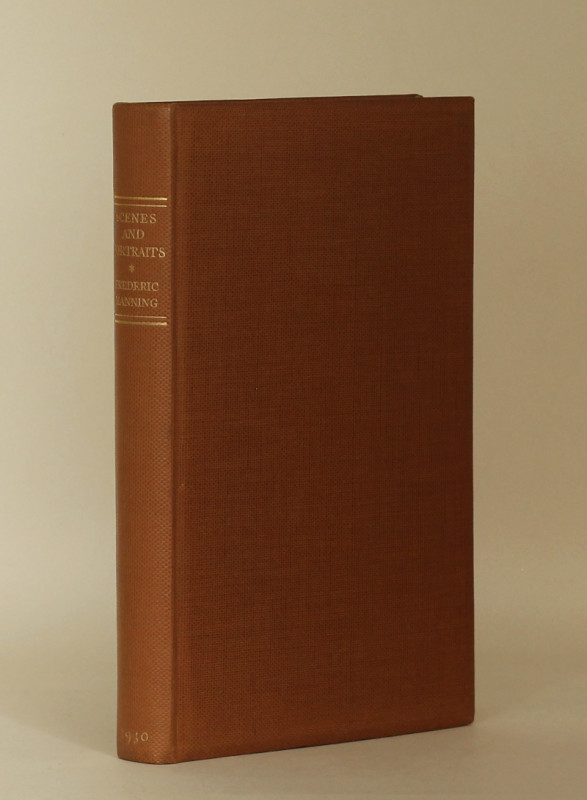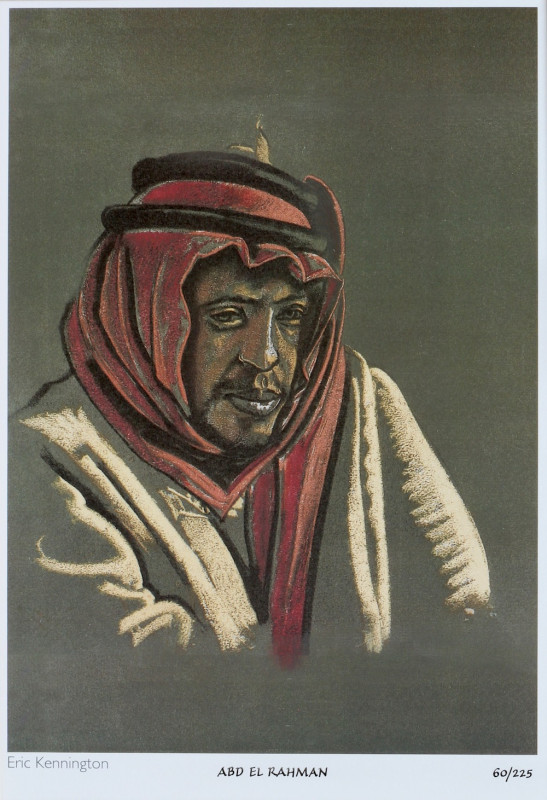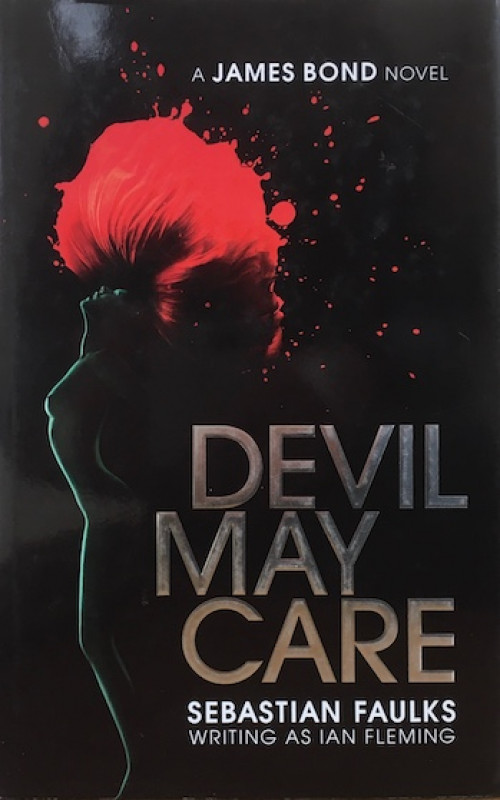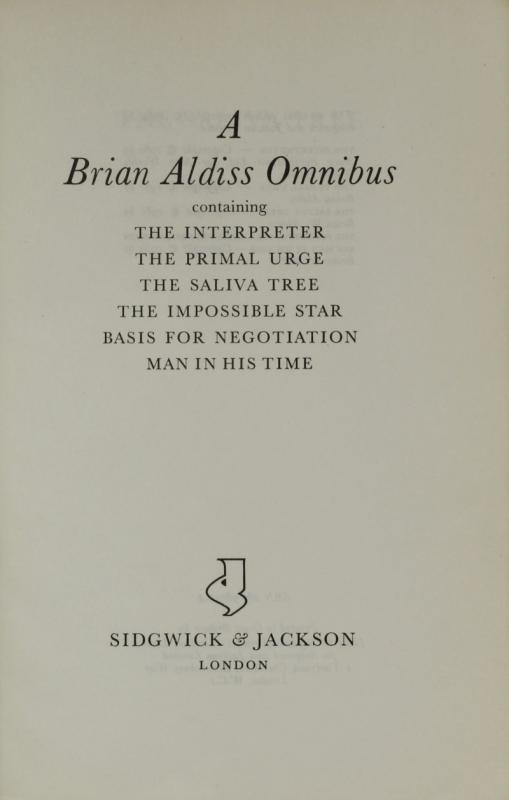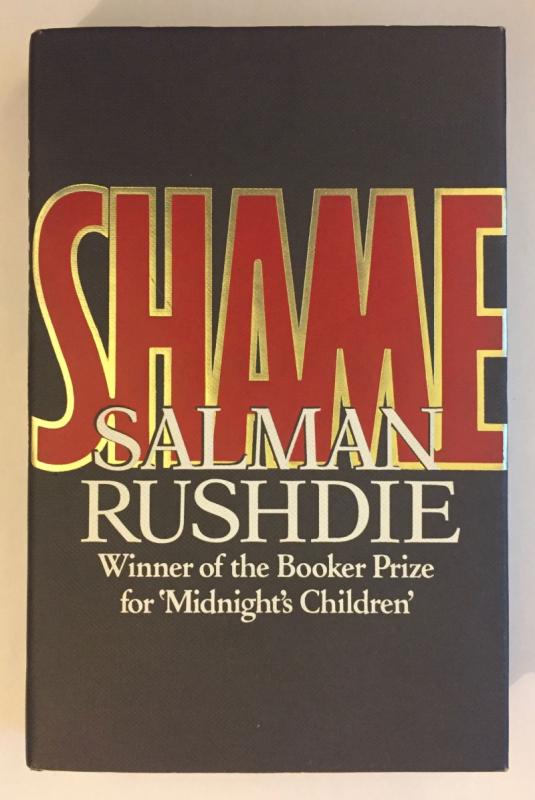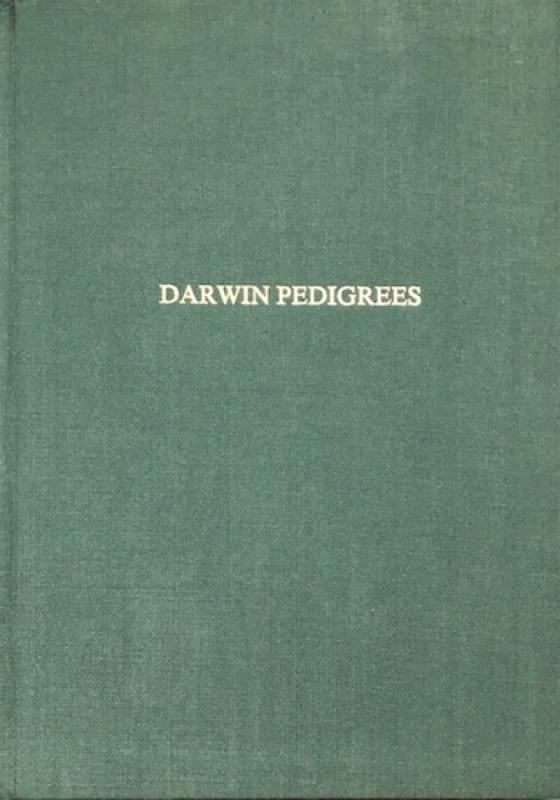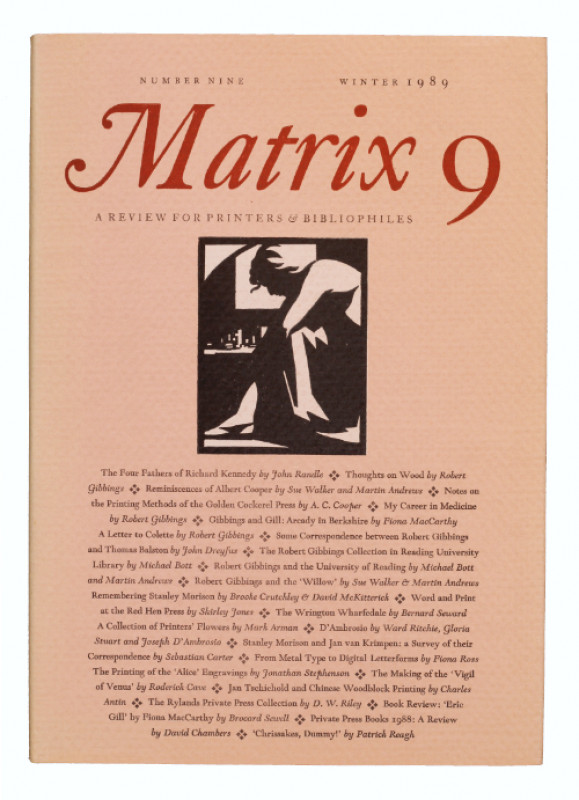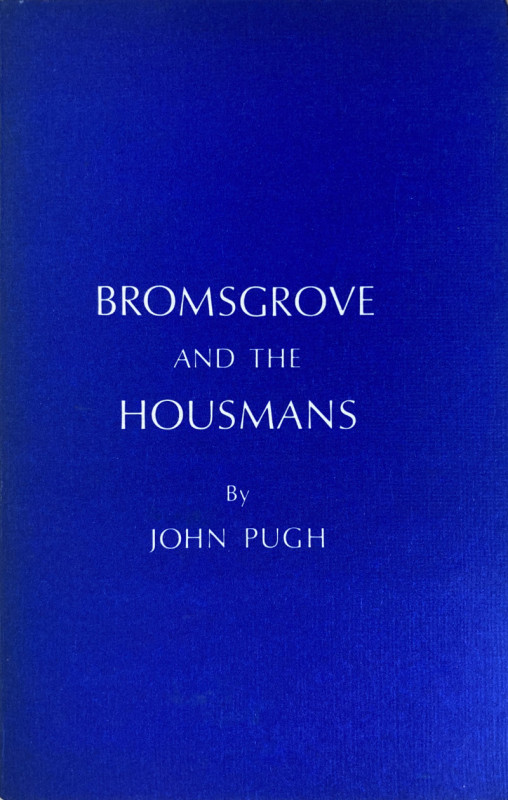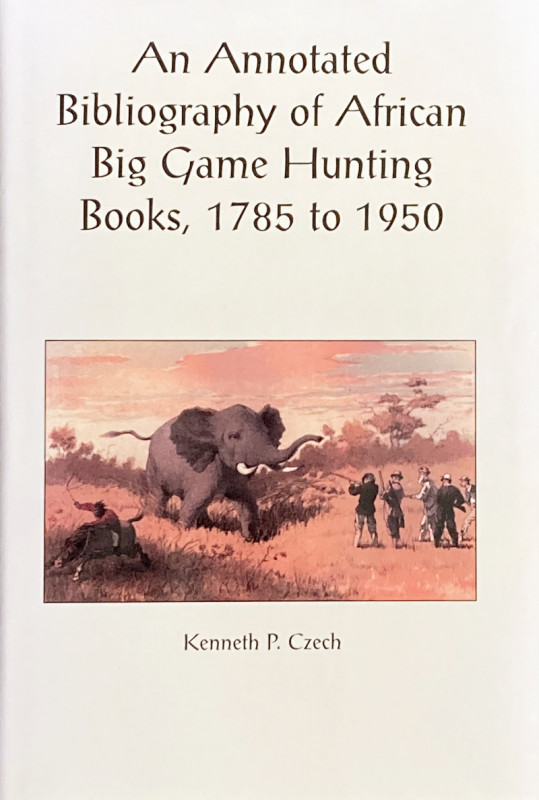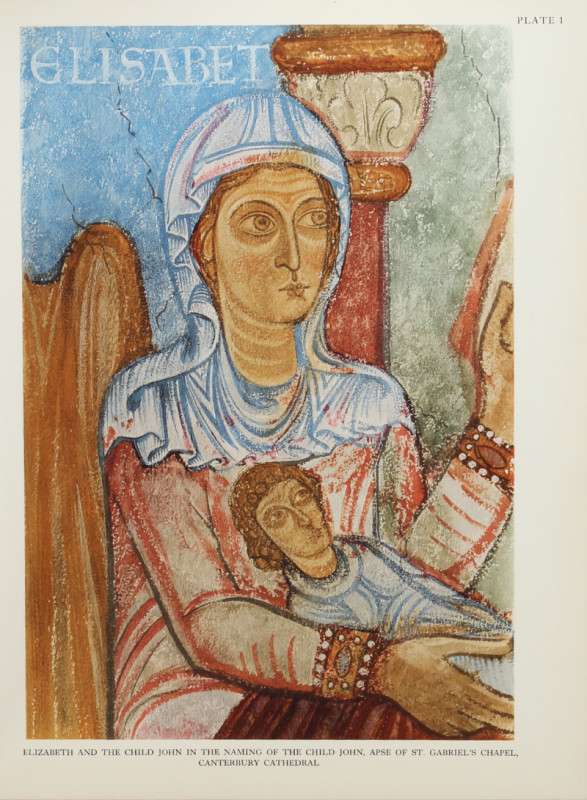The Other Livingstone
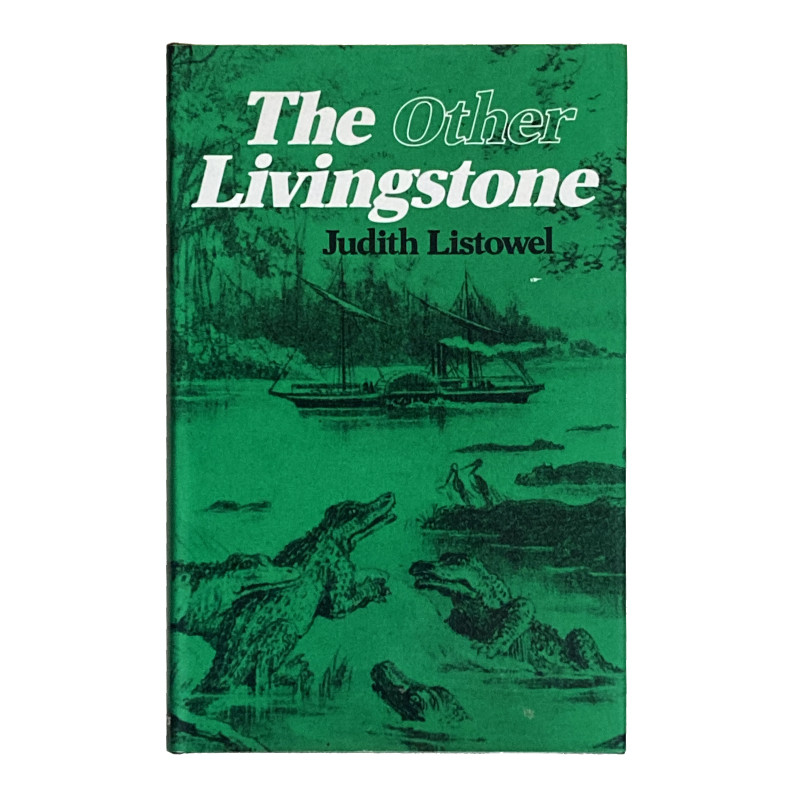
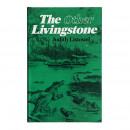


Book Description
‘A WORK OF MAJOR IMPORTANCE IN UNDERSTANDING LIVINGSTONE’ FROM THE LIBRARY OF QUENTIN KEYNES, WHOSE ASSISTANCE IS ACKNOWLEDGED BY THE AUTHOR
Octavo (215 x 137mm), pp. [16 (half-title, verso blank, title, colophon, dedication, verso blank, ‘Author’s Note’, verso blank, contents, preface, blank, part-title, verso blank)], 292. Illustrations, facsimiles, and maps in the text, some full-page. (A few light spots.) Original black boards, spine lettered in gilt, colour-printed map endpapers, dustwrapper, price-clipped. (Dustwrapper slightly faded and creased at edges, small scuff on upper panel.) A very good copy.
Provenance: Quentin George Keynes (1921-2003).
Octavo (215 x 137mm), pp. [16 (half-title, verso blank, title, colophon, dedication, verso blank, ‘Author’s Note’, verso blank, contents, preface, blank, part-title, verso blank)], 292. Illustrations, facsimiles, and maps in the text, some full-page. (A few light spots.) Original black boards, spine lettered in gilt, colour-printed map endpapers, dustwrapper, price-clipped. (Dustwrapper slightly faded and creased at edges, small scuff on upper panel.) A very good copy.
Provenance: Quentin George Keynes (1921-2003).
Dealer Notes
First American edition. Written by the Anglo-Hungarian writer, journalist, and traveller Judith Hare, Countess Listowel (1903-2003), The Other Livingstone ‘tells, for the first time, the story of four men who played a crucial part in David Livingstone’s discoveries – a part he attempted to suppress’ (dustwrapper blurb). Casada judges it a ‘careful study which revolves around Livingstone’s relationship with William Oswell, László Magyar, Silva Porto, and Candido Cardozo. The book demonstrates that each had a crucial and little appreciated role in forwarding Livingstone’s discoveries or in actually anticipating discoveries for which he received credit. Livingstone paid scant if any recognition to their assistance, and he thus achieved renown for certain exploits which in justice should not have been solely his. Based on solid research, particularly in Hungarian sources, this is a work of major importance in understanding Livingstone’. The Other Livingstone was first published in Britain in 1974 and this American edition followed later in the same year.
This copy was previously in the noted collection of the explorer and bibliophile Quentin Keynes, who travelled extensively in Africa throughout the second half of the twentieth century, and collected a remarkable library of books and manuscripts relating to the exploration of Africa, particularly during the nineteenth century. Some of these works provided the basis for Keynes’s Roxburghe Club book The Search for the Source of the Nile: Correspondence between Captain Richard Burton, Captain John Speke and Others, from Burton’s Unpublished East African Letter Book; together with Other Related Letters and Papers (London, 1999) and his collection was also a resource that he drew upon for his own travels in Africa. For example, in 1958, the centenary of Livingstone’s expedition up the Zambezi River, Keynes retraced Livingstone’s route and identified baobab tree into the internal cavity of which Livingstone had carved his initials on 16 September 1858. The tree – which had not previously been located – ‘was soon afterwards declared by the Portuguese government of Mozambique to be an historical monument in honour of David Livingstone’ (S.D. Keynes, Quentin Keynes: Explorer, Film-Maker, Lecturer and Book-Collector 1921-2003 (Cambridge, 2004), p. 217). Judith Listowel corresponded with Keynes when researching The Other Livingstone, and he informed her of the survival of the manuscript of Burton’s Ladislaus Magyar: His Residence in South Africa and its sale at Sotheby’s in 1963 (cf. p. 280).
For the 1st ed., cf. Casada, Dr. David Livingstone and Sir Henry Morton Stanley, 579.
...
UK customers may buy this title directly from our website: https://www.typeandforme.com/index.php/2024/01/11/judith-listowel-the-other-livingstone-1974-first-us-ed-37-50/
Rest of World: Please contact us to receive a shipping quote.
This copy was previously in the noted collection of the explorer and bibliophile Quentin Keynes, who travelled extensively in Africa throughout the second half of the twentieth century, and collected a remarkable library of books and manuscripts relating to the exploration of Africa, particularly during the nineteenth century. Some of these works provided the basis for Keynes’s Roxburghe Club book The Search for the Source of the Nile: Correspondence between Captain Richard Burton, Captain John Speke and Others, from Burton’s Unpublished East African Letter Book; together with Other Related Letters and Papers (London, 1999) and his collection was also a resource that he drew upon for his own travels in Africa. For example, in 1958, the centenary of Livingstone’s expedition up the Zambezi River, Keynes retraced Livingstone’s route and identified baobab tree into the internal cavity of which Livingstone had carved his initials on 16 September 1858. The tree – which had not previously been located – ‘was soon afterwards declared by the Portuguese government of Mozambique to be an historical monument in honour of David Livingstone’ (S.D. Keynes, Quentin Keynes: Explorer, Film-Maker, Lecturer and Book-Collector 1921-2003 (Cambridge, 2004), p. 217). Judith Listowel corresponded with Keynes when researching The Other Livingstone, and he informed her of the survival of the manuscript of Burton’s Ladislaus Magyar: His Residence in South Africa and its sale at Sotheby’s in 1963 (cf. p. 280).
For the 1st ed., cf. Casada, Dr. David Livingstone and Sir Henry Morton Stanley, 579.
...
UK customers may buy this title directly from our website: https://www.typeandforme.com/index.php/2024/01/11/judith-listowel-the-other-livingstone-1974-first-us-ed-37-50/
Rest of World: Please contact us to receive a shipping quote.
Author
LISTOWEL, Judith
Date
1974
Publisher
New York: Charles Scribner’s Sons
Friends of the PBFA
For £10 get free entry to our fairs, updates from the PBFA and more.
Please email info@pbfa.org for more information
